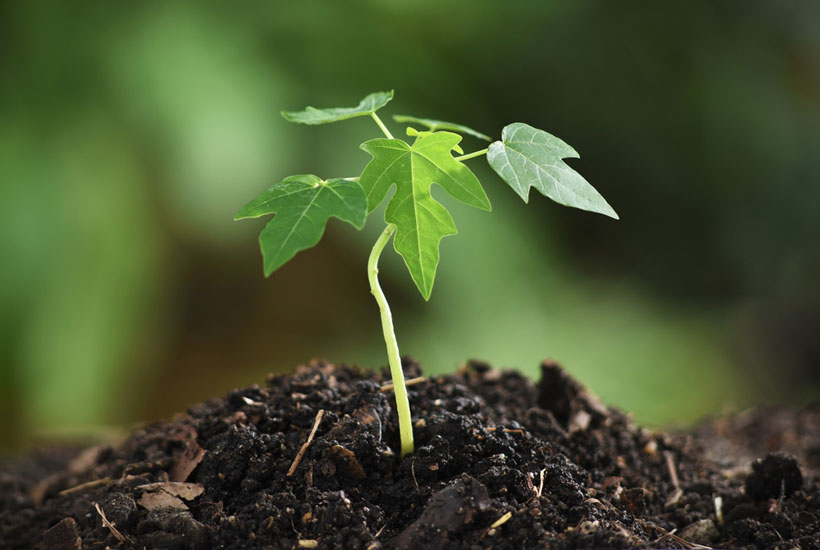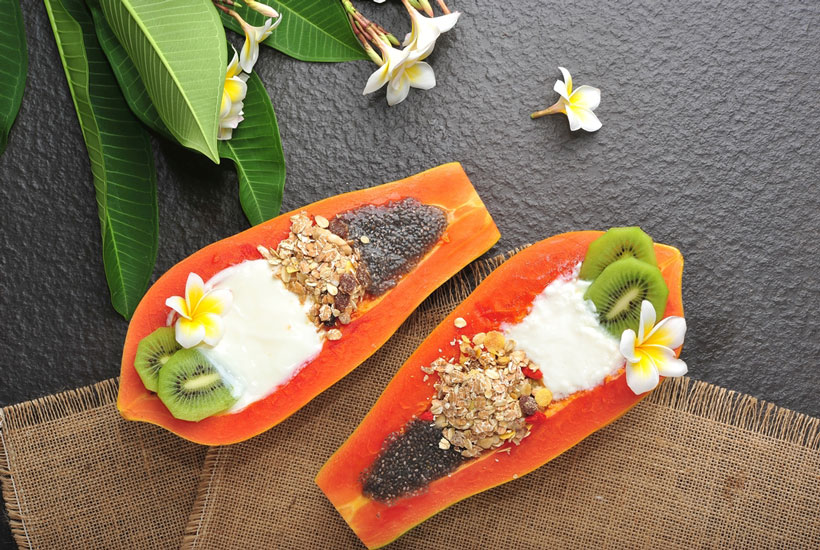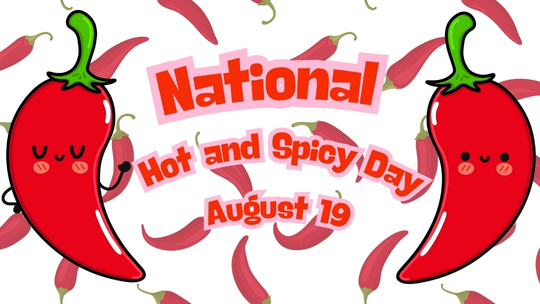Although believed to be native to Mexico and Central America, the sun-filled days and cool nights of Hawaii have offered ideal growing conditions to produce some of the world’s finest papayas. The popular crop reached Hawaii in the early 1800s and has been available to us year-round ever since.
As we approach the year’s second peak harvest season (October to December), let’s take a look at the life of a papaya in Hawaii – from seed, to fruit, to compost.
Growing
 Papaya seeds resemble peppercorns and even though edible, they’re often scooped out and tossed in the trash. Instead of ending its journey in a landfill, try growing a papaya tree of your very own. With leaves extending no farther than three feet from its trunk, growing papaya won’t claim much backyard real estate.
Papaya seeds resemble peppercorns and even though edible, they’re often scooped out and tossed in the trash. Instead of ending its journey in a landfill, try growing a papaya tree of your very own. With leaves extending no farther than three feet from its trunk, growing papaya won’t claim much backyard real estate.
Seeds can germinate anywhere from two to five weeks – soaking the seeds in water overnight before planting can help speed up the process. They can be planted directly in the ground or in a pot, however it is recommended not to wait longer than six months to transplant to the ground. Your seedlings can begin flowering as soon as nine months after germination.
Not all papaya trees produce fruit. This is determined on whether your tree produces male, female or hermaphrodite flowers:
• Male flowers look like elongated bells on trumpets, hanging down from stalks. They will not produce fruit.
• Female flowers will produce fruit after being pollinated. There should also be a visible ovary at its base.
• Hermaphrodite flowers contain both male and female parts, allowing them to self-pollinate. Like the female flowers, they grow from the base of the leaves.
After pollination, the flower’s ovary will swell into a papaya fruit. It should be harvested when its skin color changes from dark green to light and when a yellow streak develops from the base.
Uses
If harvested green or unripe, papaya can be boiled as you would with a squash. Ripe papaya is often cut in half and enjoyed as a breakfast or dessert fruit with yogurt or honey. You can also add it to fruit salads or purée into a thick juice.
 However you choose to consume papaya, you’ll be benefitting from a healthy dose of vitamins A and C, potassium and fiber. Its antioxidant and capillary-strengthening properties also make this fruit an important ingredient in skin products.
However you choose to consume papaya, you’ll be benefitting from a healthy dose of vitamins A and C, potassium and fiber. Its antioxidant and capillary-strengthening properties also make this fruit an important ingredient in skin products.
If you aren’t using papaya seeds to start new seedlings or using them to top your salad, they can be fed to pet birds. Besides offering a pepper-like taste, the seeds help to reduce intestinal worms.
Recycle
Like any other form of organic waste, the leftovers from your papaya can be turned into compost. If using a worm compost (vermicast) bin, do not include papaya seeds. The high dose of the papain enzyme in the seeds will slow the reproduction of your worms and can even leave them sterile.
Once the papaya is broken down into compost, it can be used in your garden to help bring life to other plants.
For more information on all things papaya, visit:
Hawaii Papaya Industry Association
Food and Agriculture Organization of the United Nations
For more healthy food tips, register for Sharecare today!




